The Mayans, a branch of the ancient Indians, are the only people in the Americas who left written records and created one of the greatest civilizations in the Western Hemisphere.
Mexico – About the Mayan civilization
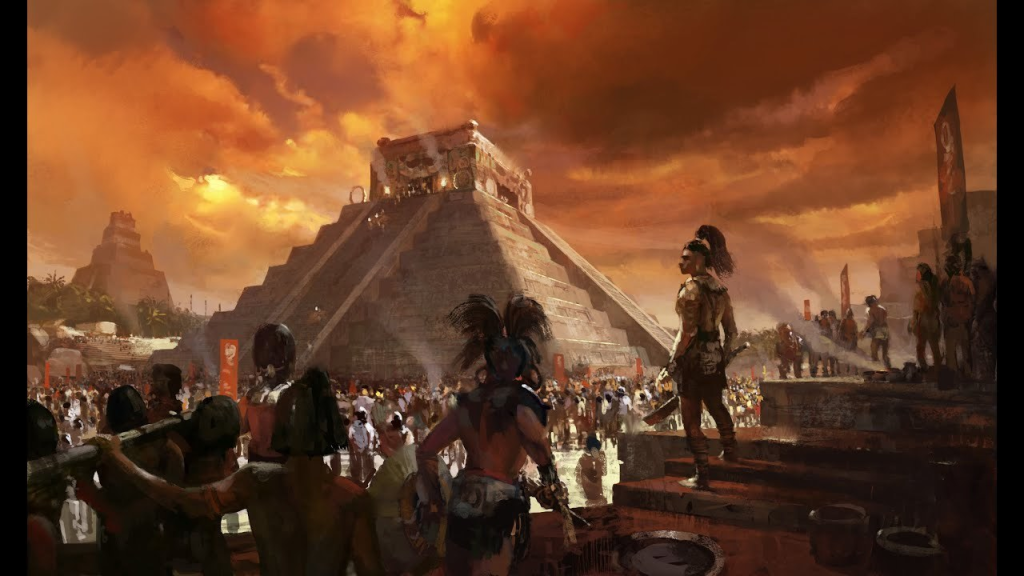
Legend has it that the Maya used to live in Mexico. However, it’s not just Maya civilization, Mexico is also home to several American civilizations, giving birth to Maya, Toltec and Aztec civilizations.

Before the Great Voyage period, Mexico was basically a primitive indigenous culture, the Mayan civilization and the Aztec civilization created splendid pyramids in this land, around them are a series of religious stories such as sun worship, a large number of mysterious sites scattered throughout the country.

Mexico’s civilization is magical and unique, and whenever you learn more about it, your curiosity about it grows.
After the Spanish colonization, the land appeared a variety of beautiful colonial buildings, squares and Catholic churches sprang up.
The intermarriage of the indigenous people and the Spaniards led to the emergence of a large number of mixed-race minorities, whose children were called Mesoamericans.
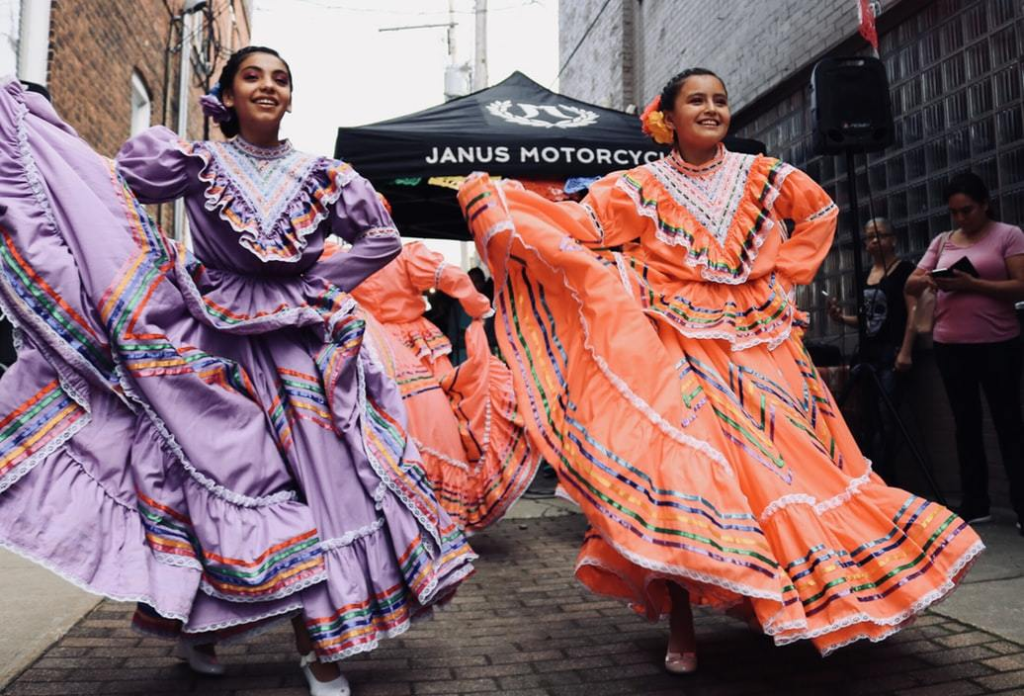
The history of various civilizations can be traced here, and they have created and integrated the culture, customs, cuisine, customs, etc. of present-day Mexico, making Mexico an interesting country from pluralistic to “chaotic”.
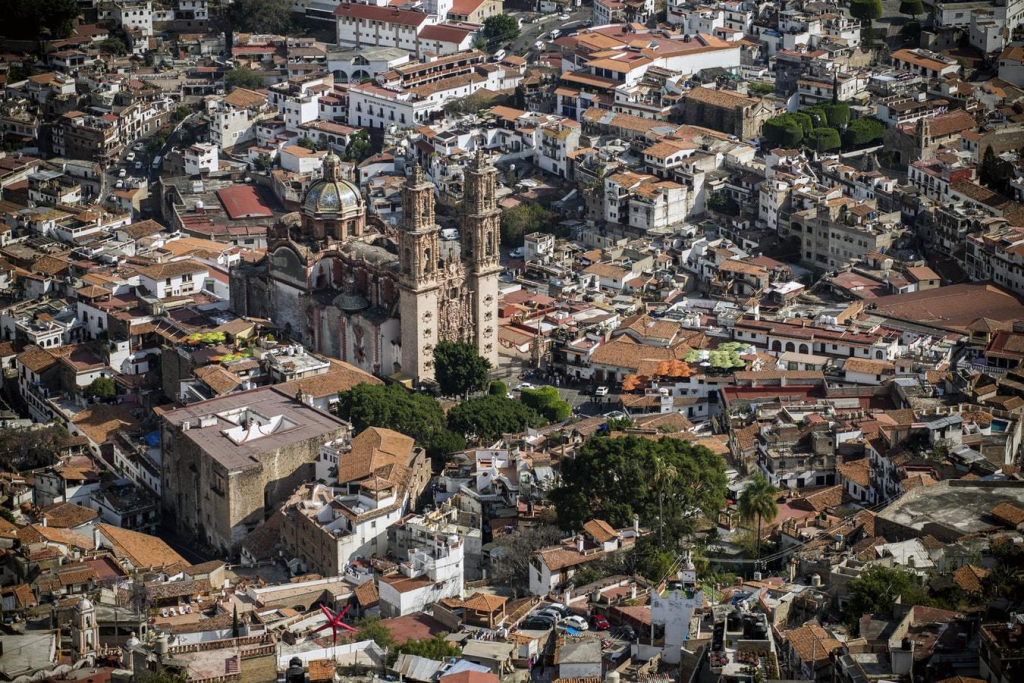
Mexico City
Mexico City is the capital of Mexico and one of the largest cities in the world. It is the birthplace and center of Aztec civilization, as well as exquisite buildings left over from the Spanish colonial period.
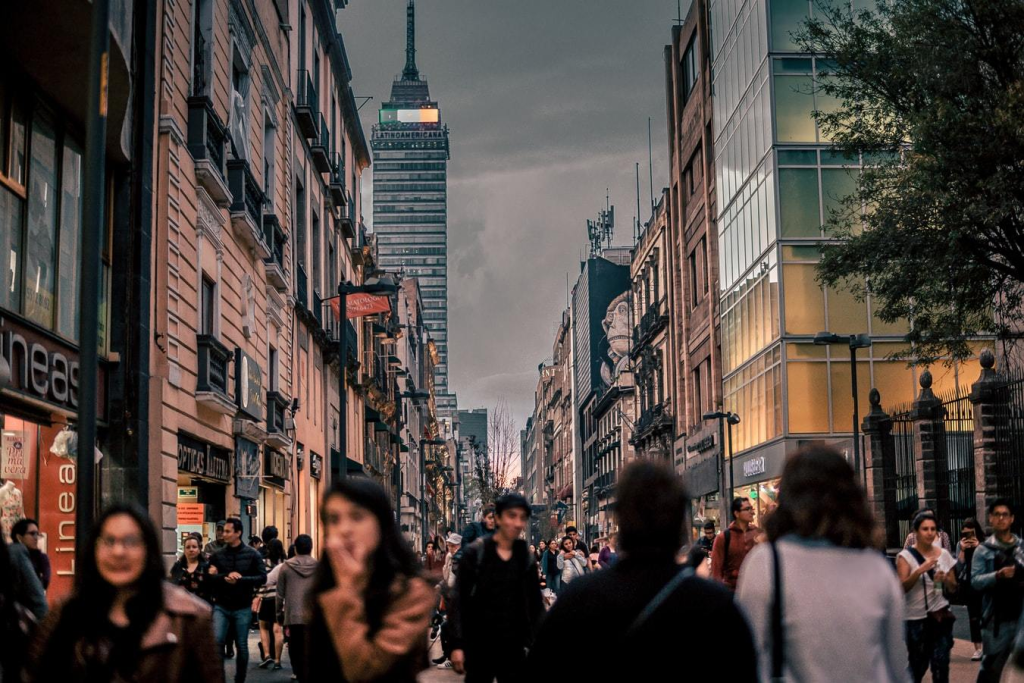
The ancient city of Teotihuacan
The ancient city of Teotihuacan is located about 40 kilometers northeast of Mexico City, the capital of Mexico. It has the Mexican pyramid of the sun and moon.
If you don’t go to Mexico to see the two pyramids, you have never been to Mexico.
The Pyramid of the Sun and Moon is a major component of the ruins of the ancient city of Teotihuacan. The ancient city was so big that the crowd was as small as a grain of sand, and the ruins of this silent and vast ancient city and the magnificent architectural ruins are now only empty shells.
The Moon Pyramid in the distance echoes with the stepped pyramids on both sides of the Avenue of the Dead, neatly arranged, making people awe-inspiring.
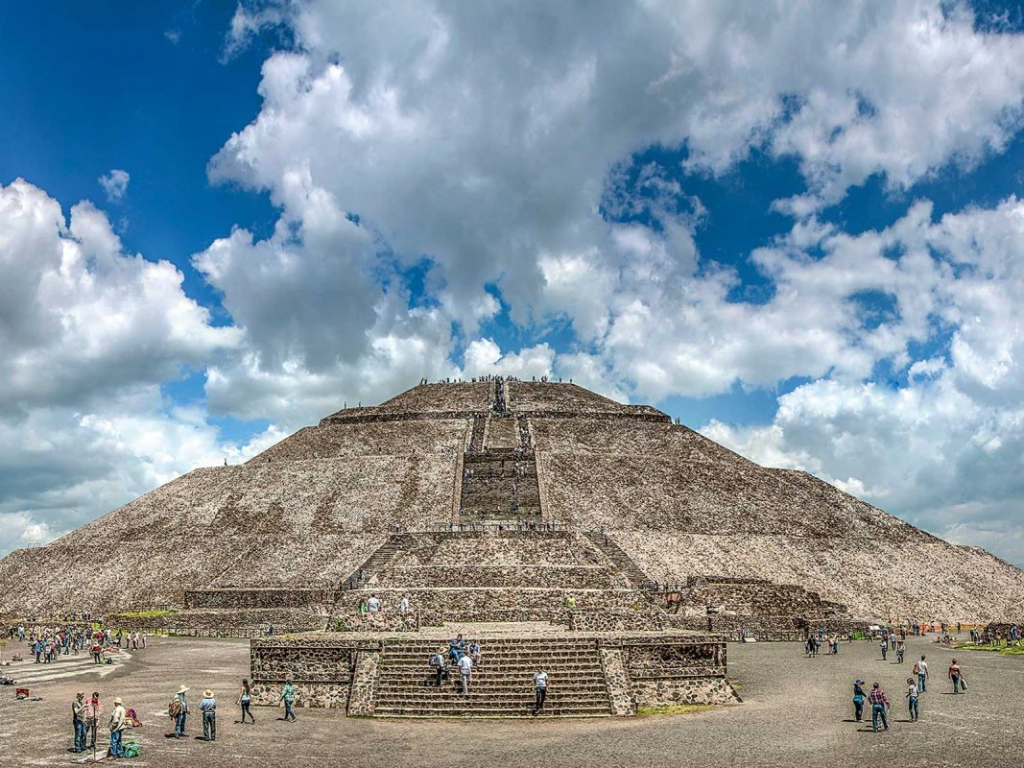
National Museum of Anthropology
Walk through every street of Mexico City, trace the remains of Indian civilization and the murals of historical civilizations belonging to Mexico at the National Museum of Anthropology, and pray sincerely in front of the “Ten Stone of Victory” to ward off evil things.
An intimate photo with the huge umbrella-shaped stone pillar fountain in the central hall of the museum is not a trip in vain.
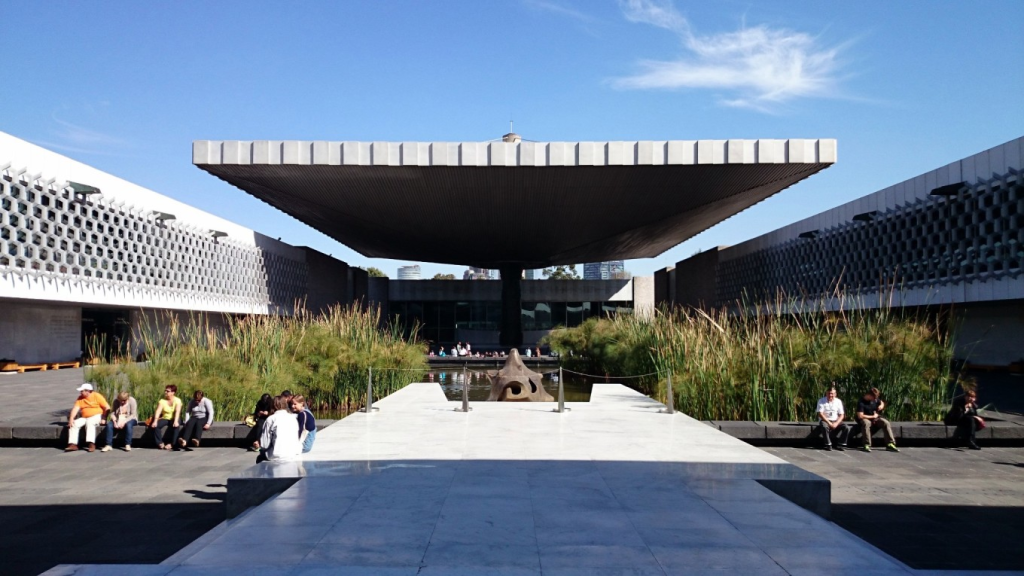
See a flag-raising ceremony in Constitution Square
Regardless of the country, the flag-raising ceremony is always sacred and great. The Plaza de la Constitución is flown with a huge Mexican flag, proclaiming the country’s prosperity. Every morning at 8 a.m. and 6 p.m., Mexican soldiers hold flag-raising ceremonies in the square.
If you can, I hope you can also watch a flag-raising ceremony in Mexico in Syntagma Square and feel the modern culture from this country.
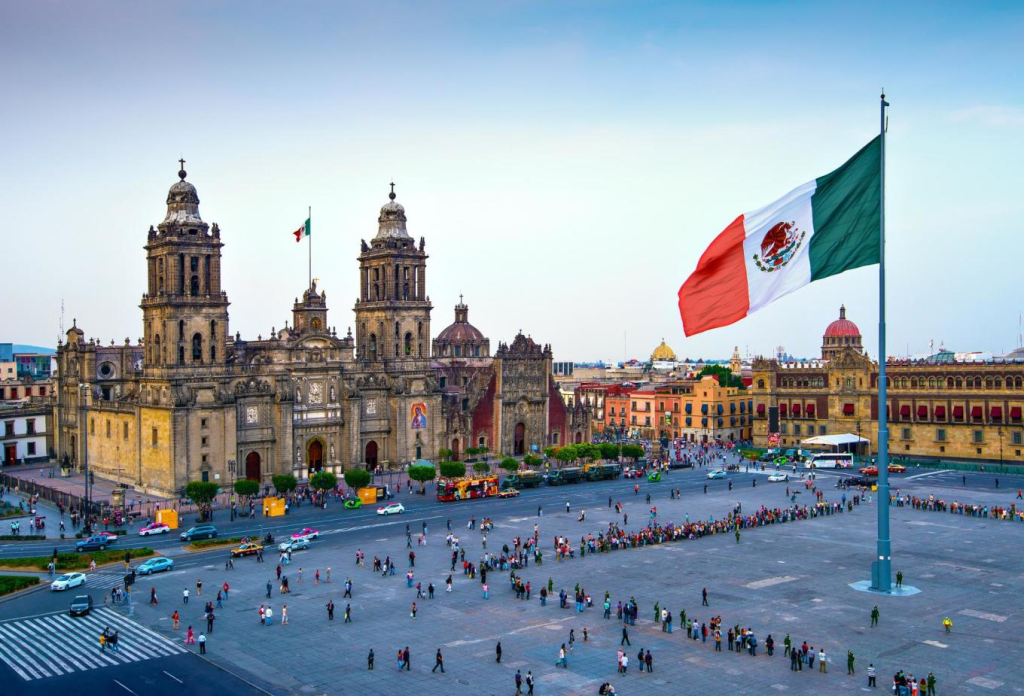
National Palace
Or head east to see artifacts from the Mayan civilization at the National Palace, and learn about its prosperity from the History of Mexico fresco.
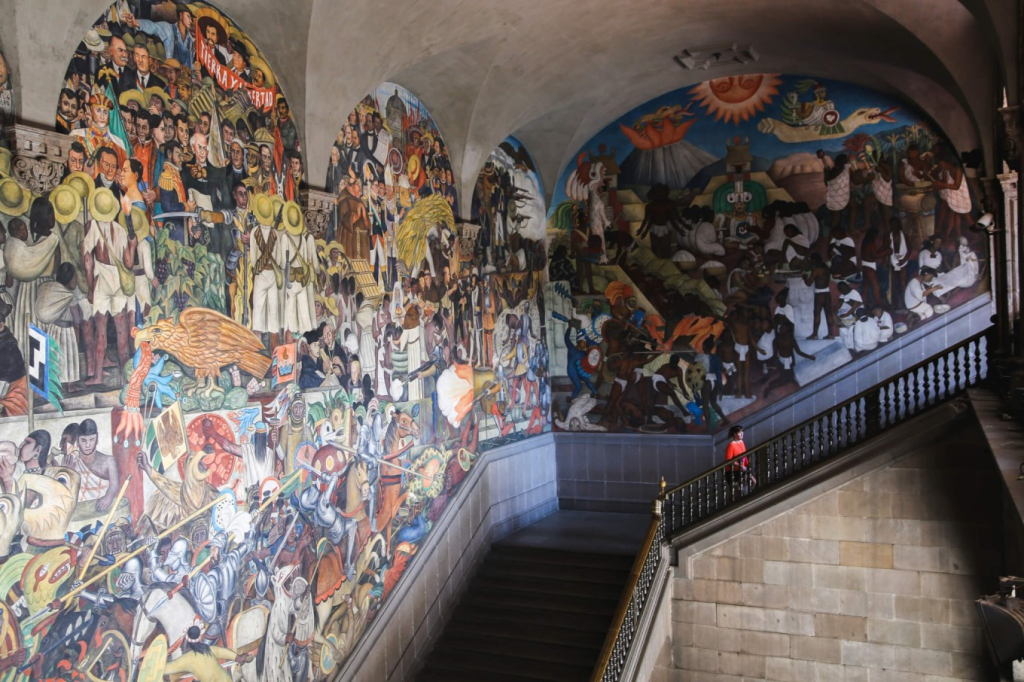
“I’ve had two huge disasters in my life. One was hit by a car and the other was my husband. Frida Kahlo’s lifelong entanglement, love and hatred with Rivera, have made Carlo’s body and mind fragmented, and her patience and strength for pain, love of life, are hidden in the Blue House. If time permits, line up to enter, and admiration goes straight to the bottom of your heart.
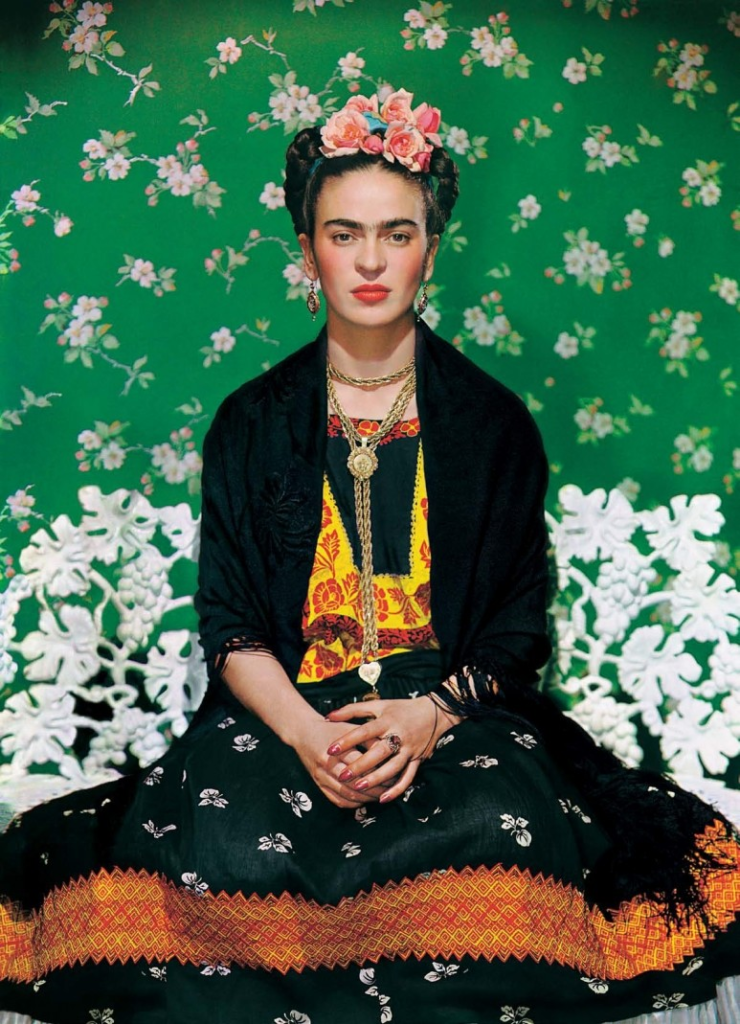
Guanajuato
The prototype of the City of the Dead in “Coco” is Guanajuato, which is comparable to the exotic city of Morocco. This small town was named to Lonely Planet magazine’s list of the best trips and is the state capital of Guanajuato. This is a microcosm of color-loving Mexico, a paradise for “womanizers” and a “city of colors”, which many photography enthusiasts come to.
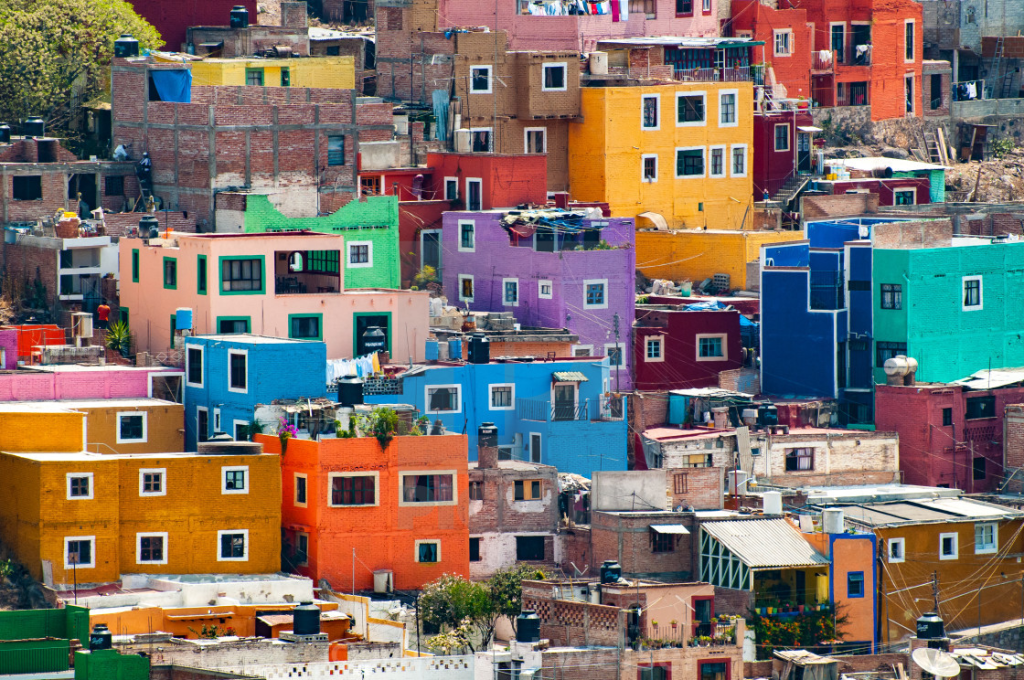
Kissing Alley
In the Old Town of the World Heritage Site, walk into the kissing alley that can only accommodate one person and feel the romance and exuberance in the bones of Mexicans.
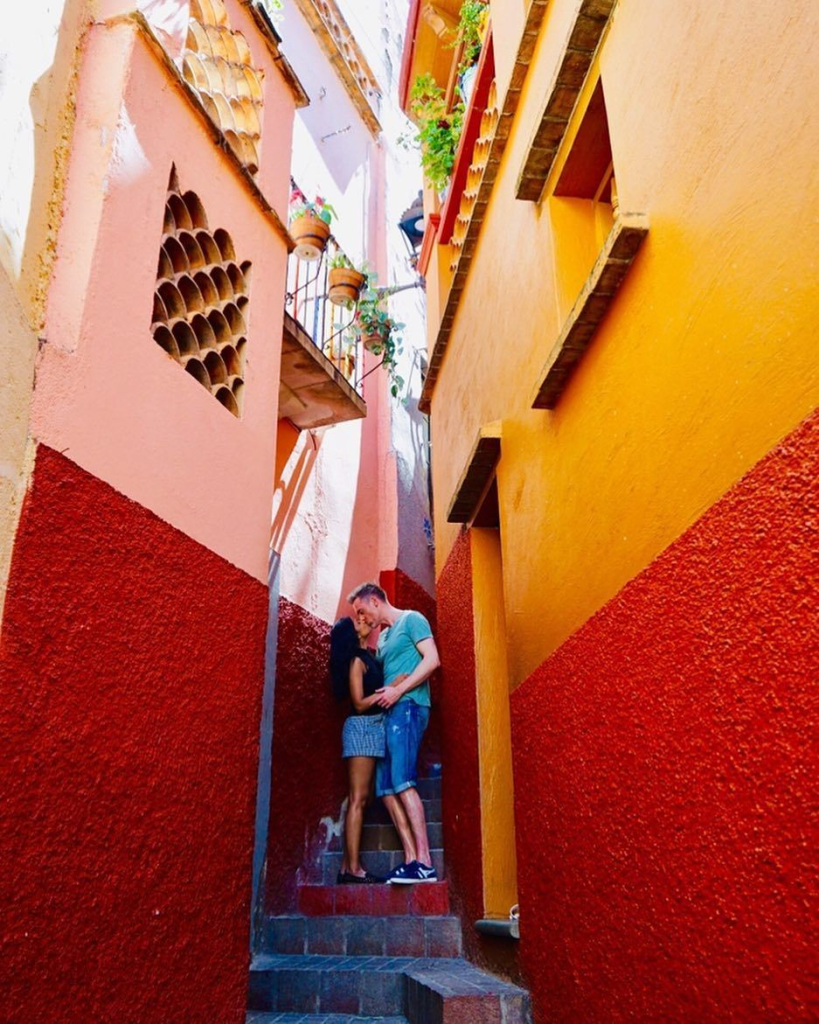
Pibila Monument
Coming to the Pibila Monument, stand in front of the Pibila Monument and overlook the whole of Guanajuato, a small city that has been “overturned by God”, conveying the enthusiasm and bravery of Mexicans for suffering.
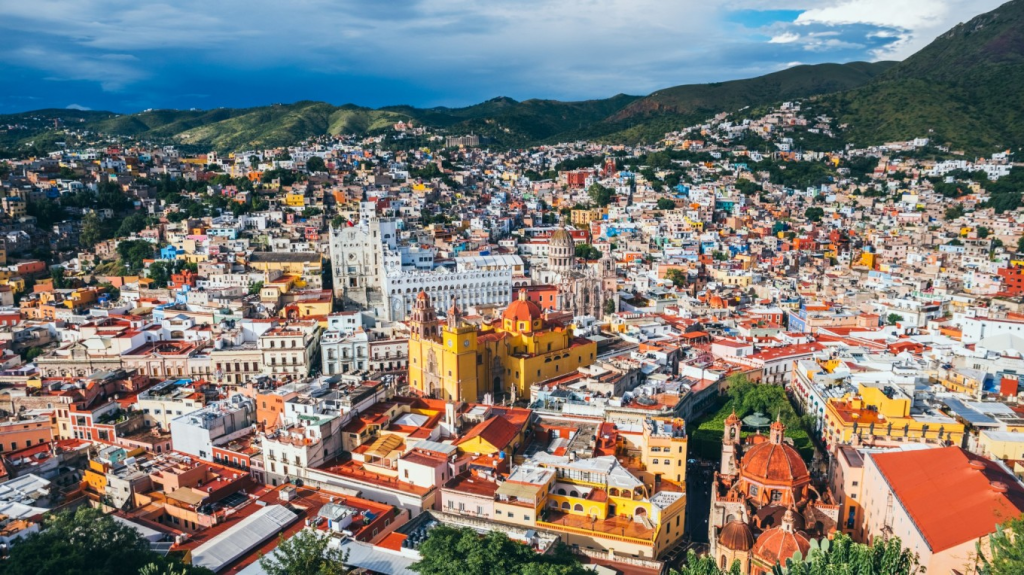
Hidalgo Market
Fireworks always smell good and make people cry, and the surprise is always in the shadows of the humble with the locals at Hidalgo Market and a meal of authentic food.
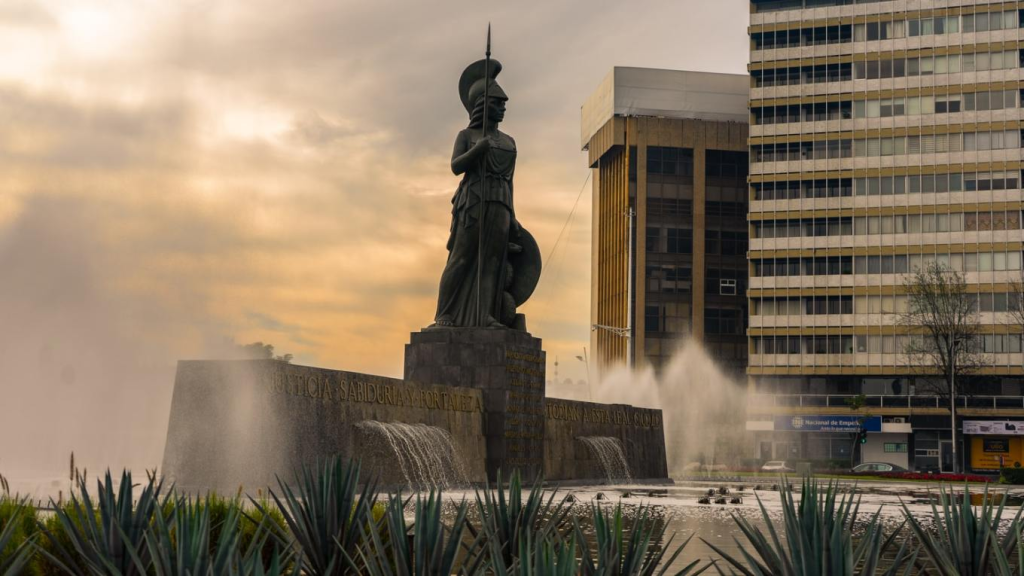
San Miguel de Allende
San Miguel de Allende, in the historic, unique downtown historic district and the “heart of Mexico” full of vibrant artistic scenes, San Miguel de Allende seeks to become a melting pot of cultures for Spaniards, Creoles and Indians, as well as the Church of Jesus of the Conazale of Atotonier, a special example of the intersection of European and Latin American cultures. Feel the influence of the teachings of St. Ignatius Loyola from its unique architecture and interiors.
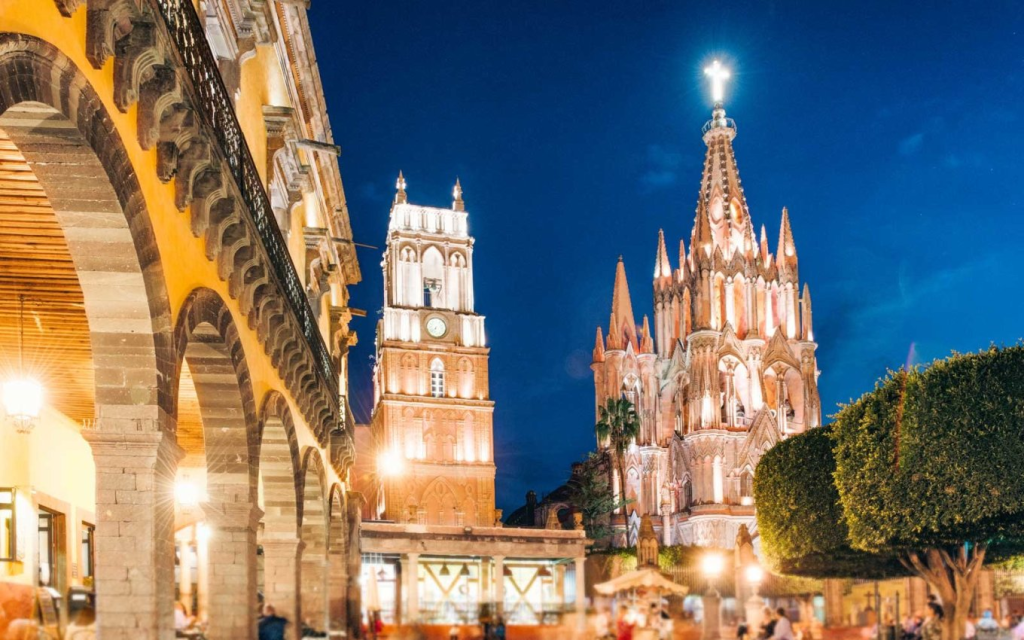
Guadalajara
The ideal place for Mexican traditions in Guadalajara, the origin of many traditional celebrations – Guadalajara. Architecture is always a witness of history, and the city of Guadalajara has a variety of architectural styles, neoclassical, baroque, neo-Gothic, etc., which have become witnesses of history.

Cabañas almshouse
And here there is such a shelter – Cabañas almshouse, which is used to care for and shelter those who have difficulties in life, which can be described as: “widows and widows are lonely and sick, all have something to support”, although the neoclassical style is simple and simple, but you can vaguely feel the brilliance of human nature, which is very worth visiting.
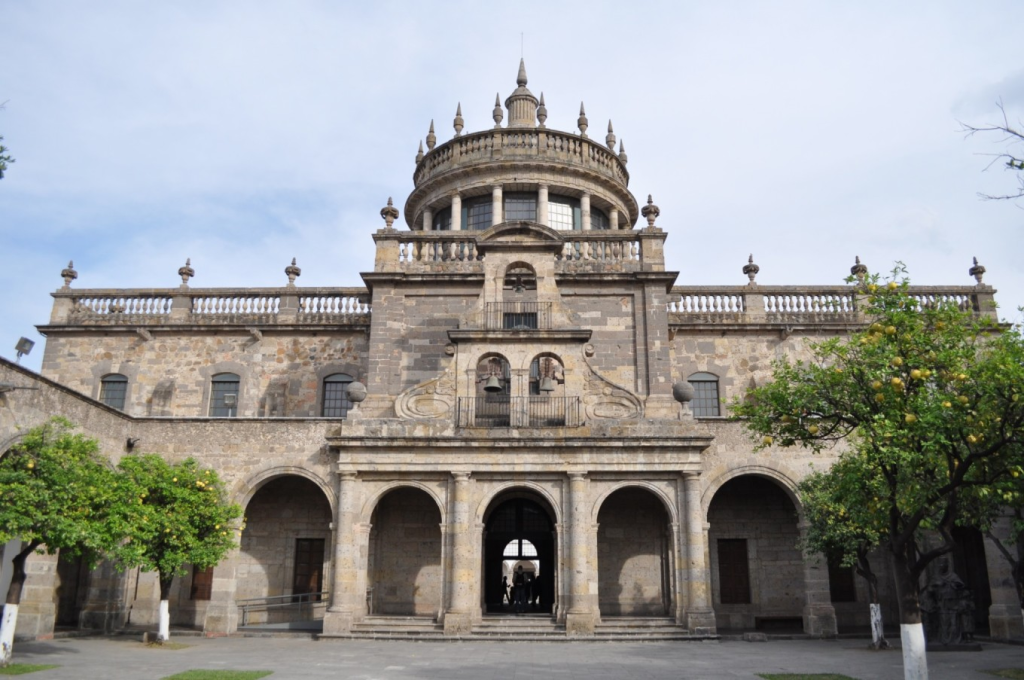
Oaxaca City
A large number of sites of the Mistopk and Zapotec people are scattered in Oaxaca City, strolling through the old town, colonial buildings, squares, museums everywhere, rich indigenous customs and strong colonial culture mixed here, harmonious coexistence.
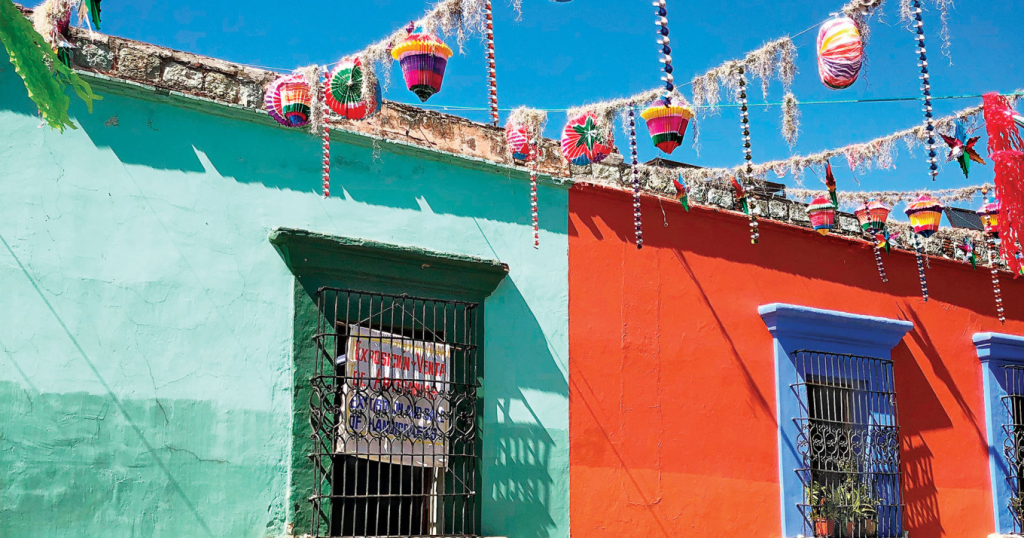
Alban
Alban was the capital of the Zapotec civilization. The square has temples, halls, ball theaters and other buildings, and there are grand steps on the north and south sides, and temples, halls and other buildings are gathered on the steps and on the east and west sides, and now only steps and foundations remain.
The ruins of Monte Alban have many underground burial chambers of monarchs or chiefs, and the burial objects are rich. Standing on the ruins of today’s broken walls, I think about the glorious achievements of that time, and I can’t help but feel the insignificance of mankind in the face of historical changes.
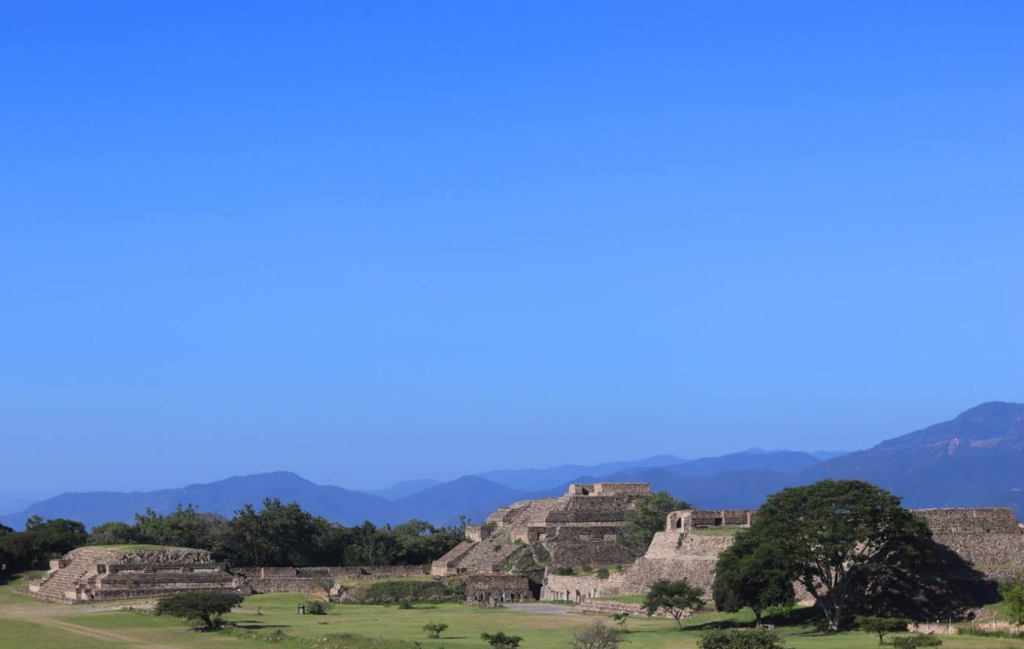
Tulum
Mysterious of Mayan culture, Tulum was the last city built and inhabited by the Maya. Great civilizations died here, the colonial era officially arrived, and every inch of soil and tree here has experienced more than we can imagine.
Tulum is one of the best-preserved Mayan sites, built on the Caribbean Sea temple group, overlooking the waves, quietly looking at the passing years, huge lizards, and ancient temple groups in harmony, here you can feel the Maya and nature, heaven and earth mysterious communication.
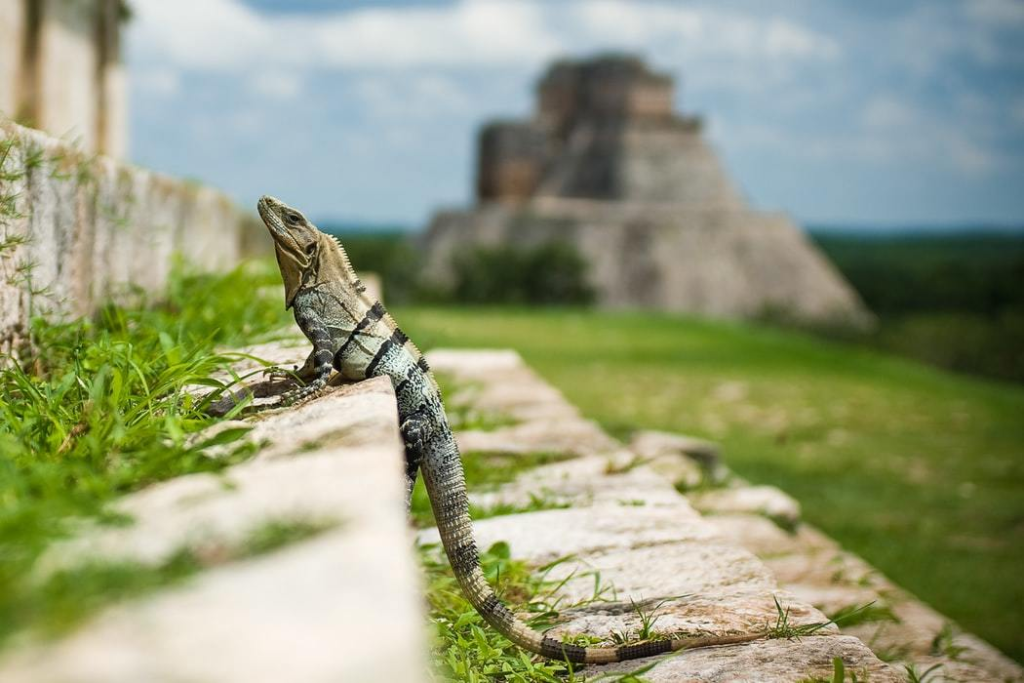
Experience a Day of the Dead in Mexico
In Mexico they lay the foundation stone for their deaths, and every year from October 10 to November 31, Mexico celebrates the Day of the Dead.
They believe that the Day of the Dead is the day when the souls of the dead return home, so every year at this time of year people hold a celebration to celebrate the reunion with the deceased loved ones.

They all wear skull masks or skull makeup, and wear clothes with skull motifs printed on them. At the same time, an altar was erected, and skeleton spoons, marigolds and food were brought to the grave to remember the deceased relatives.
In the middle of the streets, there are Indian girls dressed in traditional clothes and exaggerated makeup.
Through colorful paper cuts and costumes, Mexicans express their warm thoughts for their deceased loved ones. People pay homage to the dead, but there is no sorrow or even singing and dancing.
They believe that only by treating the undead well, those who live in the coming year can be blessed by the undead without disease or disaster.
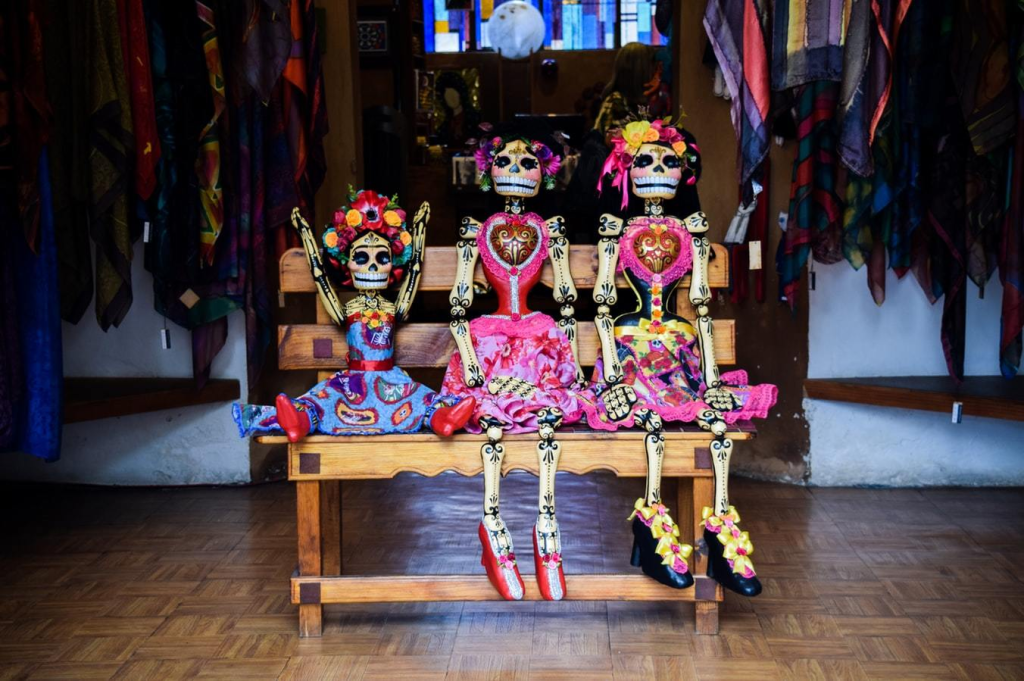
Mexico is a magical, unique and colorful country, which is affected by the impact and collision of different civilizations. No matter the people or the scenery, you will not be disappointed.

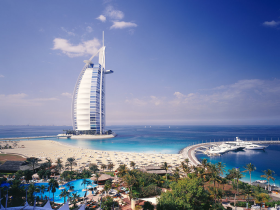
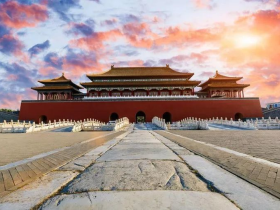
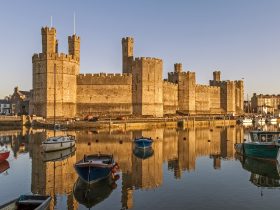

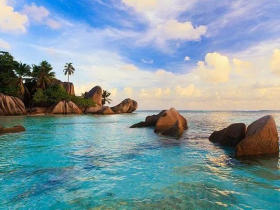
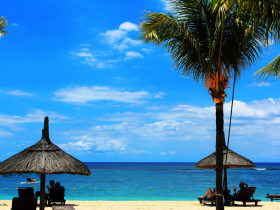

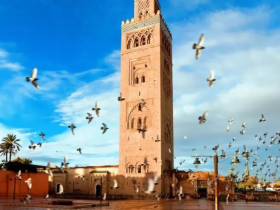
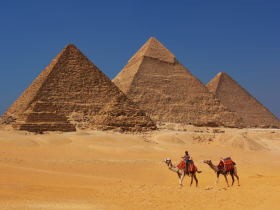


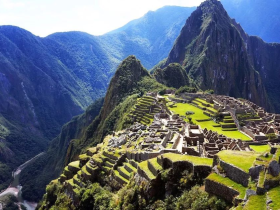
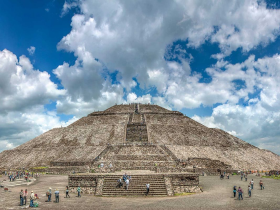
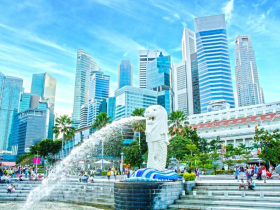
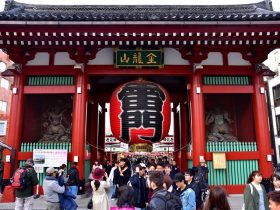
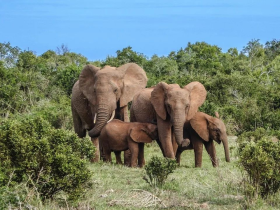
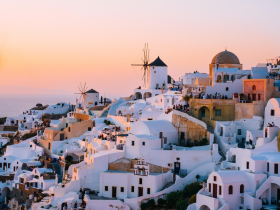
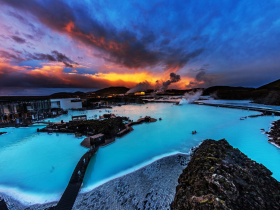
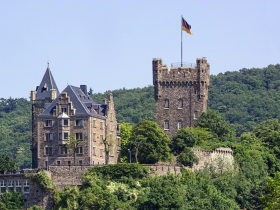
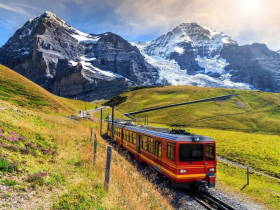

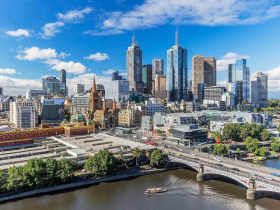


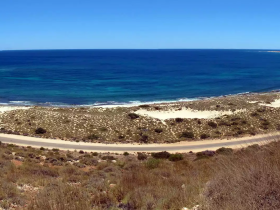


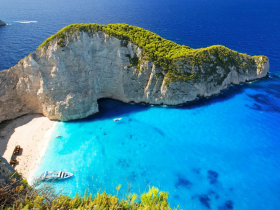
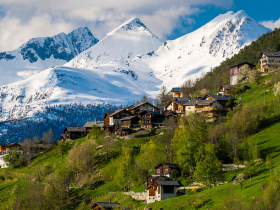
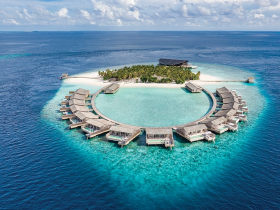

Leave a Reply